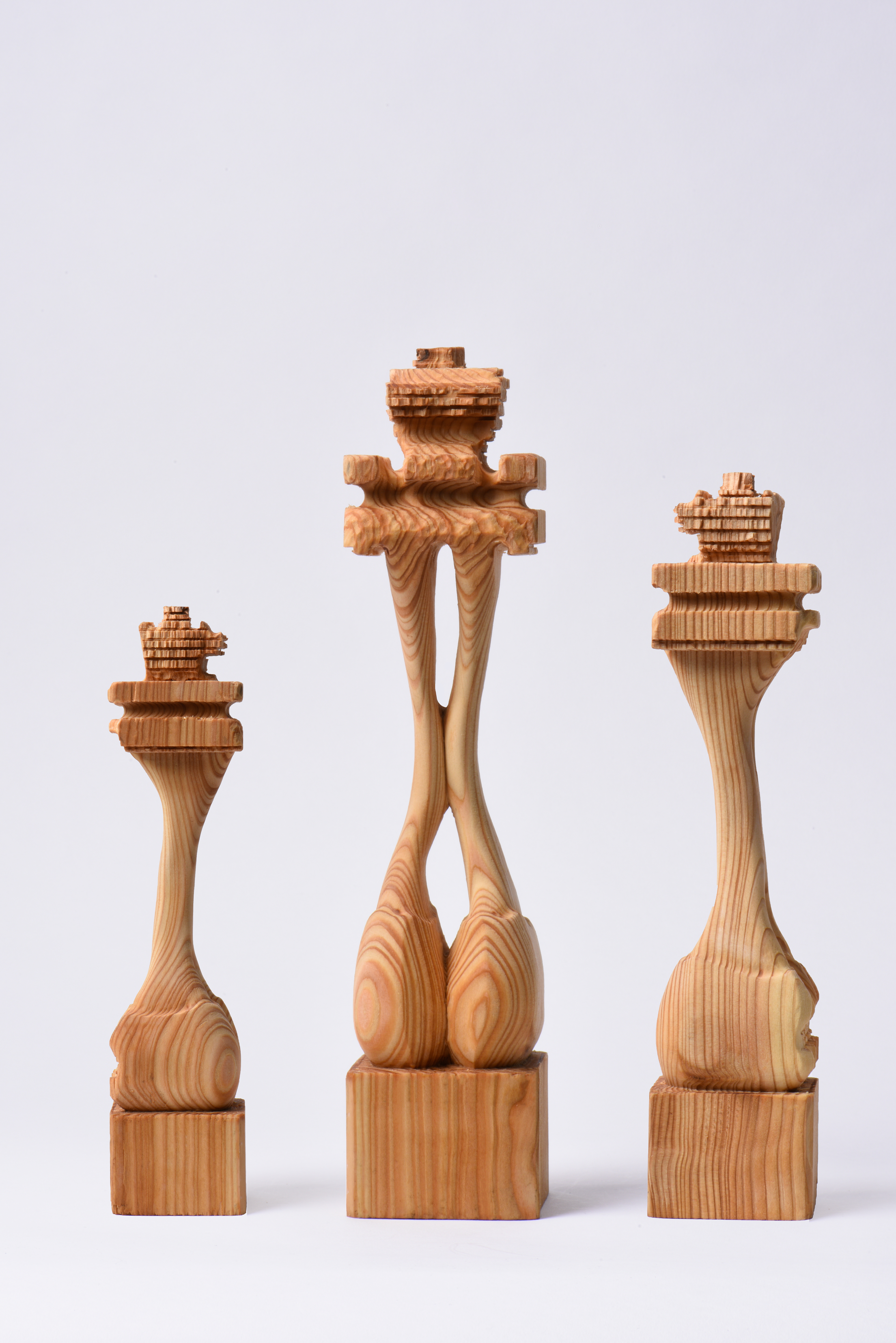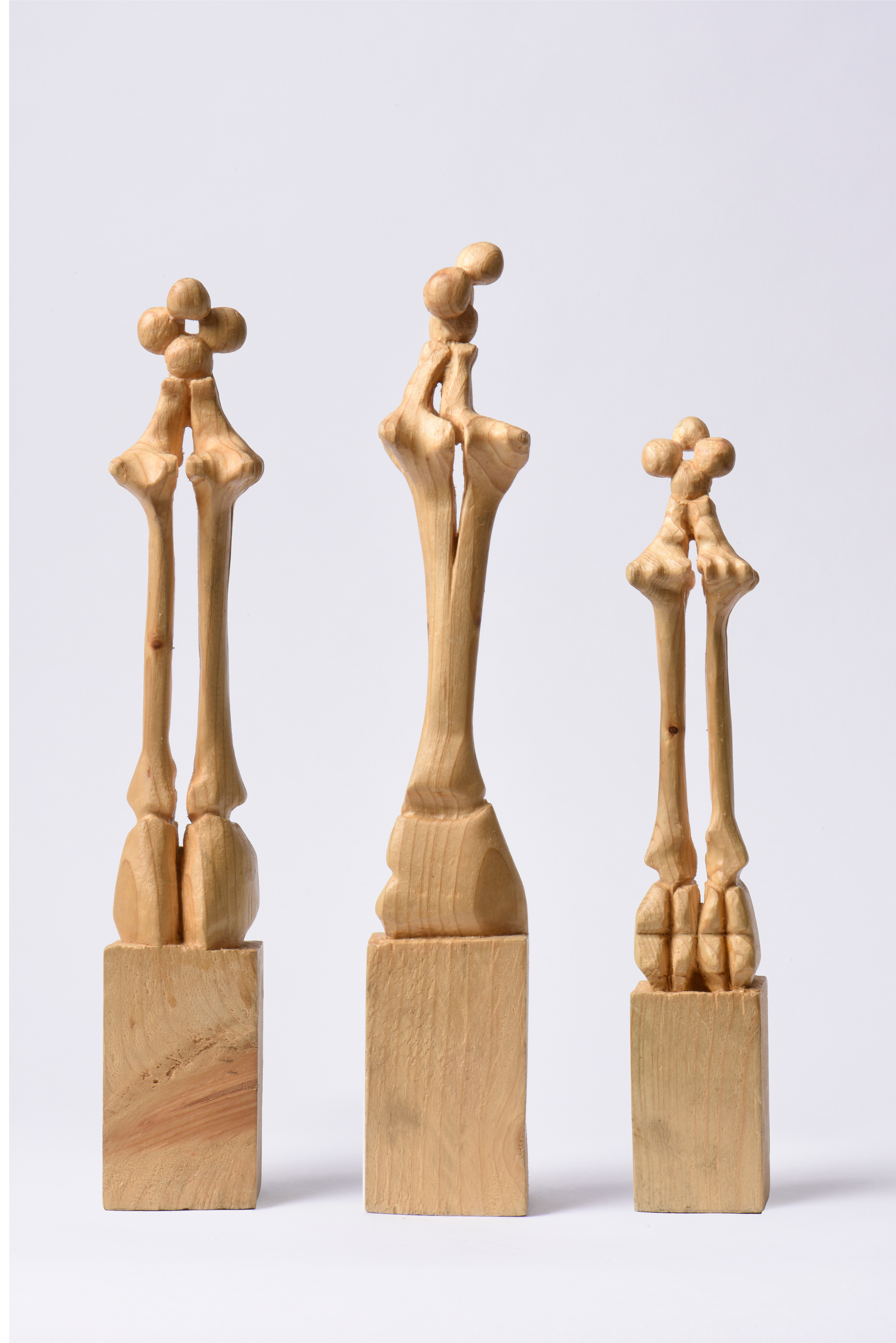Transmorphic Chess is a project Akhil Amer worked on over the span of four years, re-interpreting the standardized figurines of this ancient game. Starting in 2017 a general passion for playing chess led him to new perspectives on this well-known battle of black vs. white. At the time, Amer was practicing his strategy skills often up to eight hours a day. Chaturanga - as chess was first called when it originated in the 6th century AD in northern India - soon spread across the Islamic world, especially Persia, before it became popular in Western Europe. In the 15th century, in medieval Spain and Italy, the board, rules and aesthetic began to resemble more what we know today, but it wasn’t until roughly 200 years ago that there were the first formal chess competitions which resulted in an international chess fever.
There are recordings of over 500 different patterns of chess pieces overtime, representing four main arms of the Indian army: chariots, horses, elephants and infantry. Over time each chess-playing country created its own designs, naturalistic or strictly symmetrical, misinterpreting and reinventing the original shapes. Early European chess figures were usually bejeweled masterpieces made in precious metals before it became fashionable to carve them out of white and red ivory. Of course, later, a greater number of players demanded a new simplicity. In 1849, Howard Staunton, a British chess master, introduced a new design that would become the standard of today.



It was Leonardo da Vinci’s studies on proportions, anatomy and statics that had Amer re-thinking the traditional shapes and bodies on the chess board. The raw natural beauty of the human bone structure allows for a different philosophical approach to this war and strategy game. Every time we change the aesthetics of everyday items, we get a chance to rediscover their meaning to us. Each chess piece can represent a facet of human experience in times of dispute, reflecting topics like evolution and transformation but also sacrifice and perseverance.




The mosaic history of chess merges Indian, Arabic and European cultures. Although their symbolism is so diverse, the experience of conflict is universal. Natural fragility, rich heritage and the beauty of simplicity - those were the topics around which Amer build his vision.
Transmorphic Chess is a work in progress: the pawns in the game you can see here were first crafted out of different types of wood, then scanned and reproduced with a 3D-printer. Amer keeps exploring the possibility and effect of minimizing and maximizing through modern technology.
text © 2024 Jeltje Anna Schmidt

